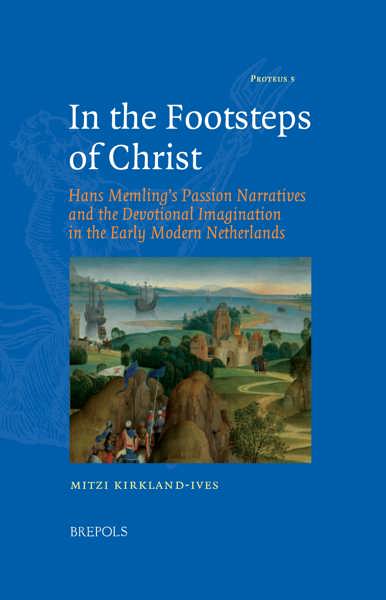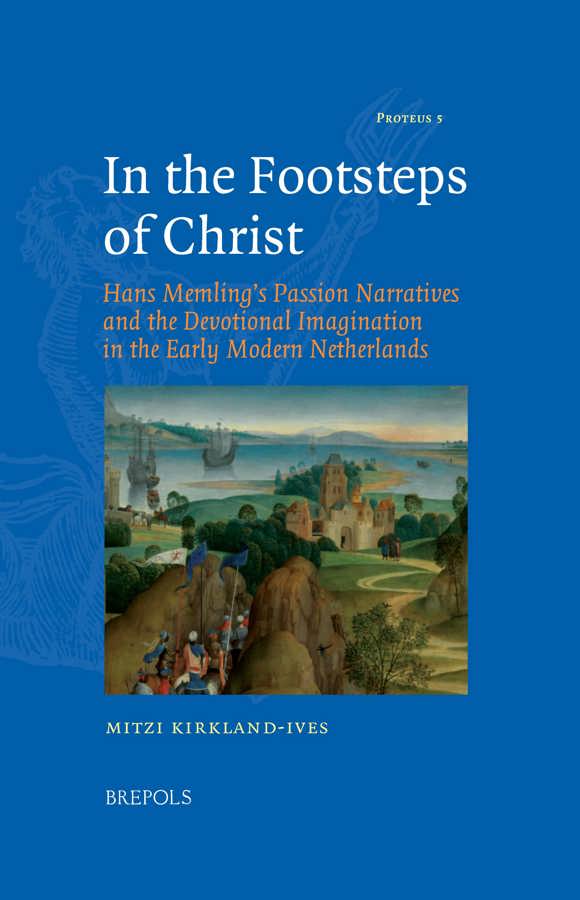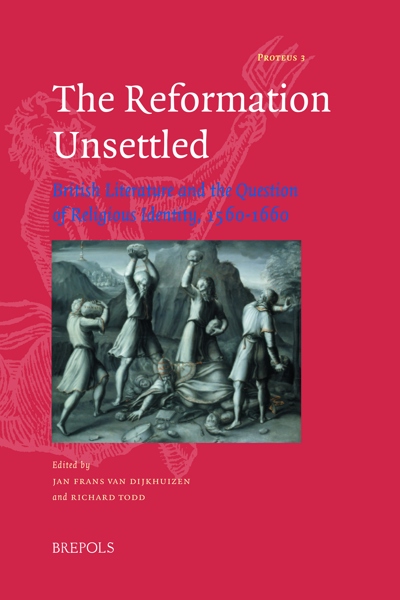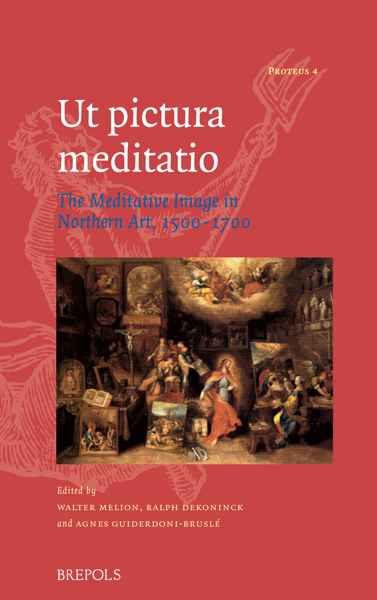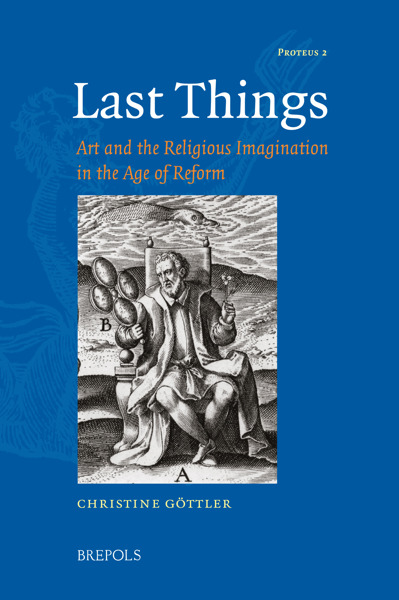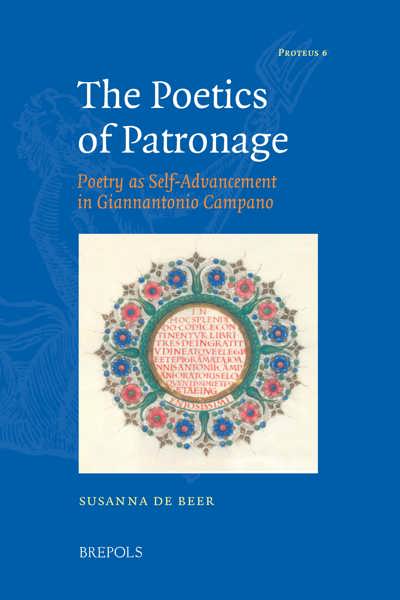
In the Footsteps of Christ
Hans Memling’s Passion Narratives and the Devotional Imagination in the Early Modern Netherlands
Mitzi Kirkland-Ives
- Pages: 212 p.
- Size:156 x 234 mm
- Illustrations:16 b/w, 7 col.
- Language(s):English
- Publication Year:2013
- € 110,00 EXCL. VAT RETAIL PRICE
- ISBN: 978-2-503-53406-0
- Hardback
- Available
"Overall, I think, the book provides a great deal of information that would be useful for an understanding of how late fifteenth-century viewers experienced these three Memling paintings." (Lynn Jacobs, in: HNA Reviews)
"Como tal, el estudio ofrece una nueva perspectiva para el estudio de Memling y su arte dentro de la práctica religiosa de su tiempo, al mismo tiempo que muestra algunas de sus obras más ingeniosas e idiosincráticas que son relativamente poco conocidas." (Joan Valeron, in: http://www.librosartemedieval.net)
"This insightful, elegantly written, and carefully argued new study is an important addition to the understandings of Hans Memling’s narrative paintings and the devotional life of the early modern Netherlands. The book convincingly contends that Memling’s Passion narratives are best understood as inviting an embodied devotional response analogous to devotional processional practices in both urban, northern Europe and the Holy Land." (Matthew S. Champion, in: Parergon 32.2, 2015, p. 321-322)
Hans Memling’s Scenes from the Passion of Christ leads the viewer on a long and arduous journey in the space of just under a metre. The panel presents a ‘continuous narrative’ on a grand scale, offering roughly two-dozen individual episodes from the last week of Christ’s life. These scenes are represented in a single contiguous cityscape and the surrounding countryside, and viewers would have followed the narrative recounted across the panel, following the action from station to station along painted roads and pathways, through gateways and portals and implied passageways as pedestrians in their imaginations.
This study considers the intersections between narrative art and a range of devotional practices current in the late Middle Ages and early modern period. This body of practices stood in a symbiotic relationship with the visual imagery, informing viewers’ interaction with images, which in turn affected their understanding of these other practices. In other words, these images must be understood as part of a broader tradition of ritual and symbolic life. As such, the study offers a valuable re-evaluation of Memling and his art within the religious practice of his times, while opening up some of his most ingenious and idiosyncratic works that are little known by non-specialists.
Illustrations
Acknowledgements
Introduction
Chapter 1. Processionality and Devotional Experience in Memling’s Continuous Narrative Paintings
Chapter 2. Procession and Narrative on the Jerusalem Pilgrimage
Chapter 3. Place and Narrative in Early Modern Processional Culture
Chapter 4. The Processional Experience in Architecture, Text, and Image
Conclusion
Bibliography
Index
